COMSOL has the best multiphysical simulation capabilities in my experience. Technical support from Elisa at TECHNIC as well as the engineers at COMSOL has been great.
COMSOL is an important part of our research in plasma physics. We use it in the design of plasma systems and it helps us to obtain a greater understanding of the underlying physics. We have always valued the quick support from TECHNIC and COMSOL and it has been a pleasure to work with them.
Comsol has become a valuable part of our design and decision making process. The exceptional flexibility and access to the physics and solvers in Comsol has allowed us to have deeper understanding on thermomechanical solutions. Technic and Comsol have always been quick and helpful to resolve any issues and provide helpful advice on their products.
At Scion we use COMSOL Multiphysics to understand energy processes, such as the interplay of non-linear solid mechanics and heat & mass transfer during biomass compaction, to design new or more efficient processes.
We use COMSOL Multiphysics to design the customised muffler. With it, we can simulate the insertion loss at different spectrum with different muffler designs.
The Subsurface Flow Module is for engineers and scientists who want to simulate fluid flow below ground or in other porous media and also connect this flow with other phenomena, such as poroelasticity, heat transfer, chemistry, and electromagnetic fields. It can be used for modelling groundwater flow, the spread of waste and pollution through soil, the flow of oil and gas to wells, and land subsidence due to groundwater extraction. The Subsurface Flow Module can model subsurface flow in channels, saturated and variably saturated porous media, or fractures, and couple these to simulations of solute and heat transport, geochemical reactions, and poroelasticity. Many different industries need to deal with challenges within geophysics and hydrology. Engineers from the fields of civil, mining, petroleum, agricultural, chemical, nuclear, and environmental engineering often need to consider these phenomena as the industries they work in directly or indirectly (through environmental considerations) affect the Earth on which we live.
Contained within the Subsurface Flow Module are a number of tailor-made interfaces describing certain physics for the modelling of flow and other phenomena in subterranean environments. Known as physics interfaces, they can be combined and directly coupled to other physics interfaces within the Subsurface Flow Module, or with physics interfaces within any of the other modules in the COMSOL Product Suite. This includes coupling the poroelastic behavior described by the Subsurface Flow Module to nonlinear solid mechanics applications for soil and rock in the Geomechanics Module.
Nuclear waste repositories are now being built to store spent fuel rods for the next one hundred thousand years or so. This model shows a hypothetical case where a breach in the fuel bundle canister leads to leakage through a fracture in the surrounding rock and backfill in the tunnel above.
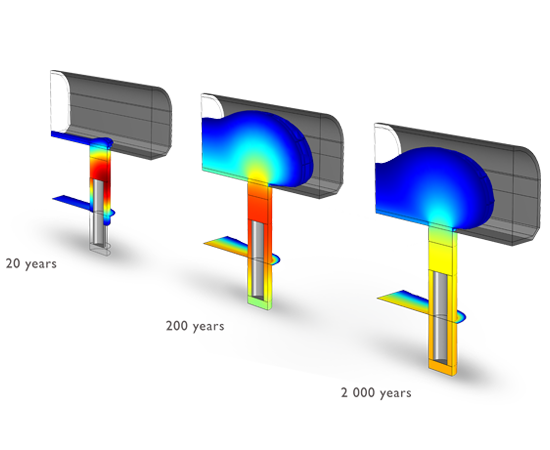
COMSOL gives you the flexibility to enter any arbitrary equations within the edit fields in The Subsurface Flow Module's physics interfaces, which can be useful for defining geochemical reaction rates and kinetics in the interfaces for material transport. Yet, coupling these physics interfaces with the Chemical Reaction Engineering Module means that you can model many multi-species reactions with the easy-to-use physics interfaces for defining chemical reactions that this module contains. Integrating these two products is very useful for modelling the many reaction steps involved in the spread of nuclear waste from their repositories over thousands of years.
The Subsurface Flow Module features a number of physics interfaces for the simulation of subsurface flow and processes dependent upon it:
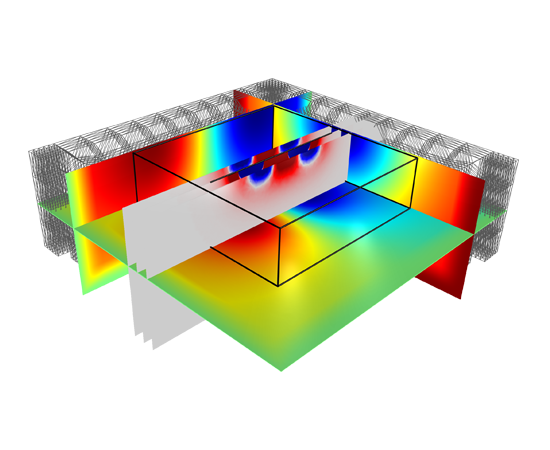
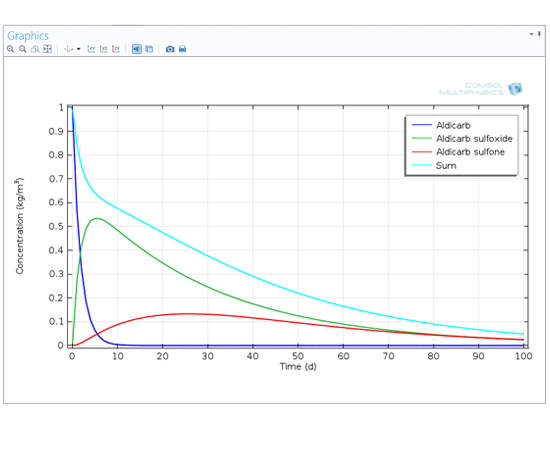
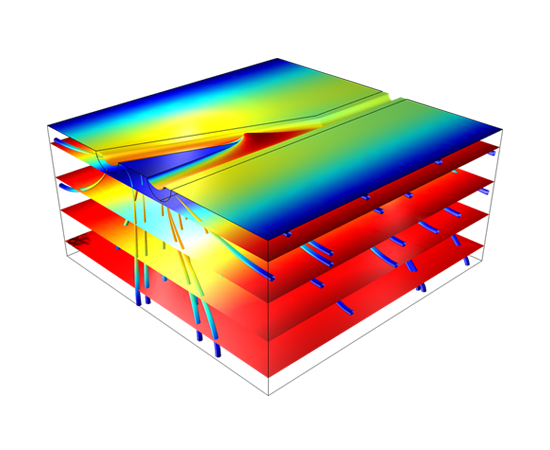
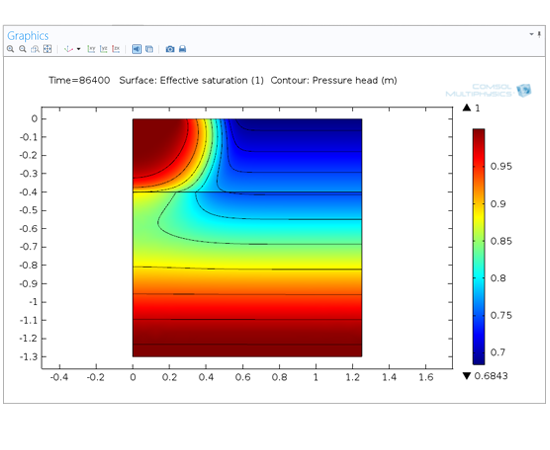
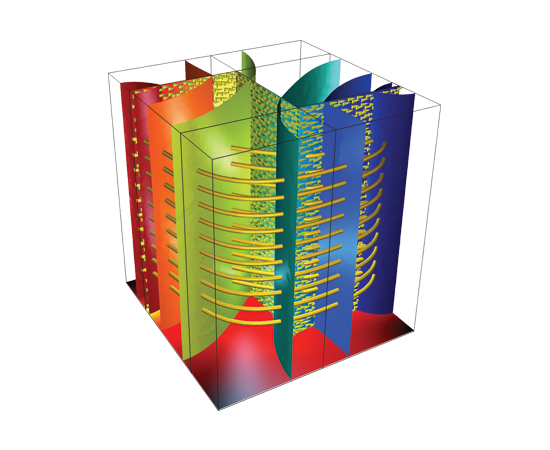
In order to fully evaluate whether or not the COMSOL Multiphysics® software will meet your requirements, you need to contact us. By talking to one of our sales representatives, you will get personalised recommendations and fully documented examples to help you get the most out of your evaluation and guide you to choose the best license option to suit your needs.
Fill in your contact details and any specific comments or questions, and submit. You will receive a response from a sales representative within one business day.